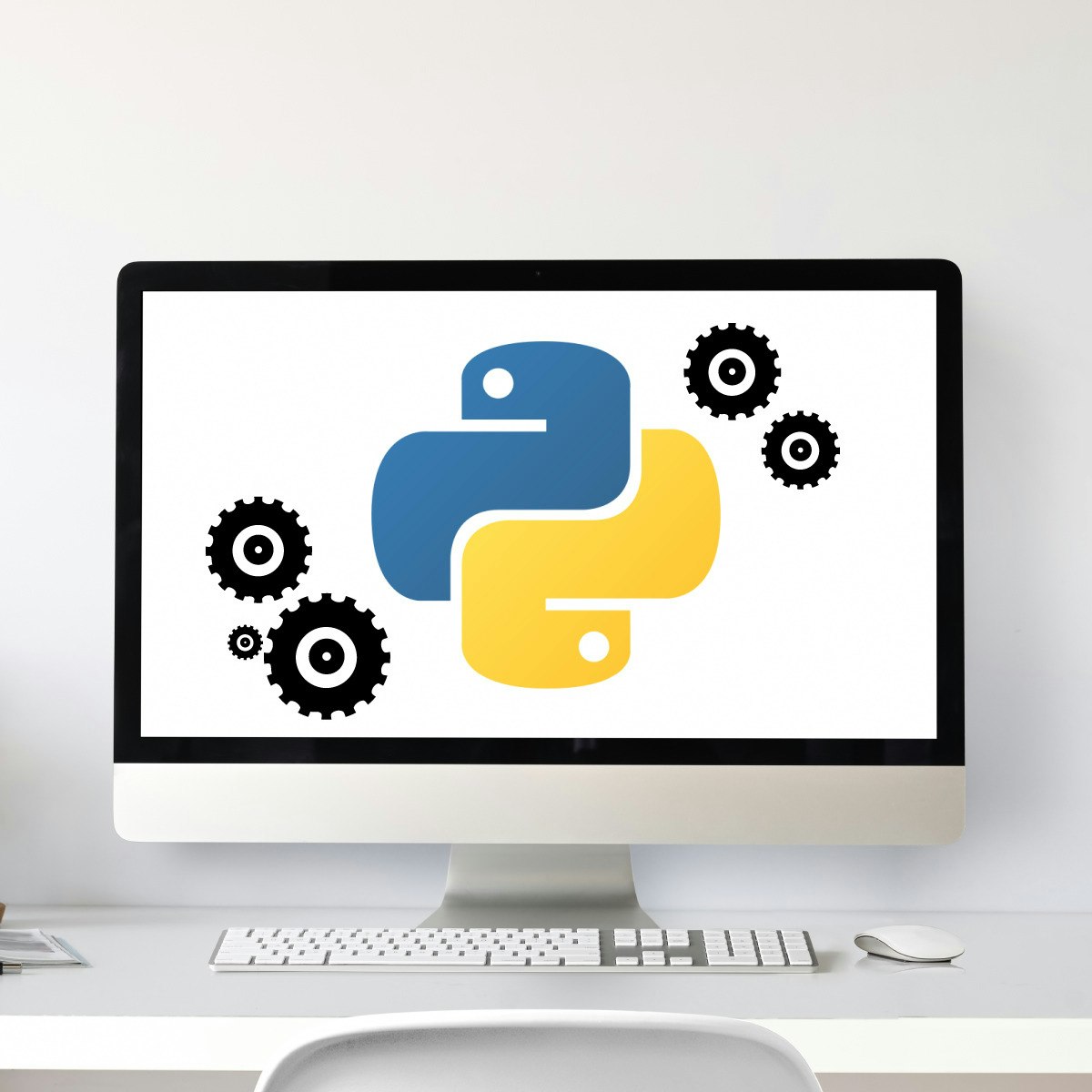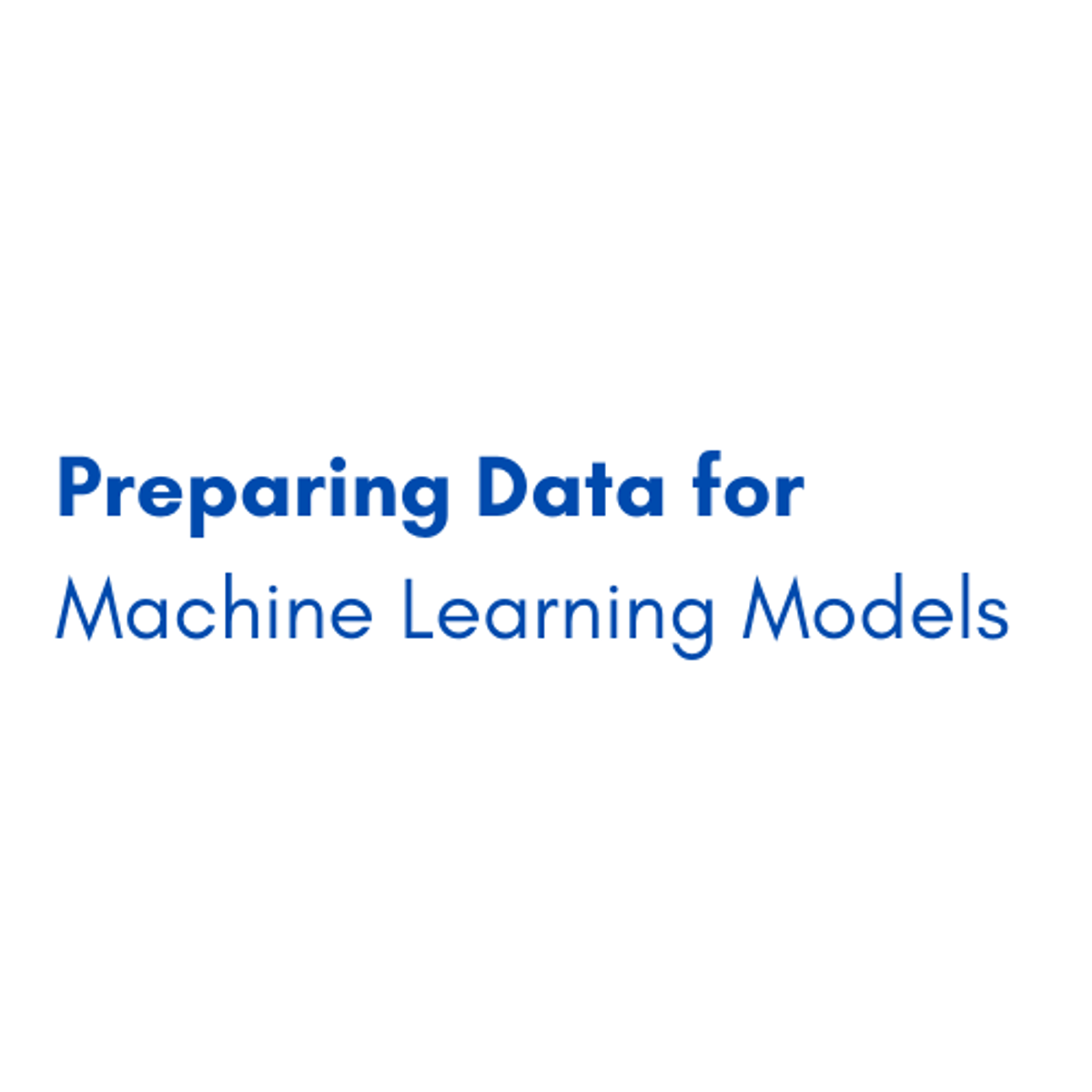Back to Courses









Data Science Courses - Page 9
Showing results 81-90 of 1407

Python Project for Data Engineering
This mini-course is intended to apply foundational Python skills by implementing different techniques to collect and work with data. Assume the role of a Data Engineer and extract data from multiple file formats, transform it into specific datatypes, and then load it into a single source for analysis. Continue with the course and test your knowledge by implementing webscraping and extracting data with APIs all with the help of multiple hands-on labs. After completing this course you will have acquired the confidence to begin collecting large datasets from multiple sources and transform them into one primary source, or begin web scraping to gain valuable business insights all with the use of Python.
PRE-REQUISITE: **Python for Data Science, AI and Development** course from IBM is a pre-requisite for this project course. Please ensure that before taking this course you have either completed the Python for Data Science, AI and Development course from IBM or have equivalent proficiency in working with Python and data.
NOTE: This course is not intended to teach you Python and does not have too much instructional content. It is intended for you to apply prior Python knowledge.

Linear Regression and Multiple Linear Regression in Julia
This guided project is for those who want to learn how to use Julia for linear regression and multiple linear regression. You will learn what linear regression is, how to build linear regression models in Julia and how to test the performance of your model.
While you are watching me code, you will get a cloud desktop with all the required software pre-installed. This will allow you to code along with me. After all, we learn best with active, hands-on learning.
Special Features:
1) Work with real-world stock market data.
2) Best practices and tips are provided.
3) You get a copy of the jupyter notebook that you create which acts as a handy reference guide.
Please note that the version of Julia used is 1.0.4
Note: This project works best for learners who are based in the North America region. We’re currently working on providing the same experience in other regions.

Spatial Data Science and Applications
Spatial (map) is considered as a core infrastructure of modern IT world, which is substantiated by business transactions of major IT companies such as Apple, Google, Microsoft, Amazon, Intel, and Uber, and even motor companies such as Audi, BMW, and Mercedes. Consequently, they are bound to hire more and more spatial data scientists. Based on such business trend, this course is designed to present a firm understanding of spatial data science to the learners, who would have a basic knowledge of data science and data analysis, and eventually to make their expertise differentiated from other nominal data scientists and data analysts. Additionally, this course could make learners realize the value of spatial big data and the power of open source software's to deal with spatial data science problems.
This course will start with defining spatial data science and answering why spatial is special from three different perspectives - business, technology, and data in the first week. In the second week, four disciplines related to spatial data science - GIS, DBMS, Data Analytics, and Big Data Systems, and the related open source software's - QGIS, PostgreSQL, PostGIS, R, and Hadoop tools are introduced together. During the third, fourth, and fifth weeks, you will learn the four disciplines one by one from the principle to applications. In the final week, five real world problems and the corresponding solutions are presented with step-by-step procedures in environment of open source software's.

Qualitative Research Methods
In this course you will be introduced to the basic ideas behind the qualitative research in social science. You will learn about data collection, description, analysis and interpretation in qualitative research. Qualitative research often involves an iterative process. We will focus on the ingredients required for this process: data collection and analysis.
You won't learn how to use qualitative methods by just watching video's, so we put much stress on collecting data through observation and interviewing and on analysing and interpreting the collected data in other assignments.
Obviously, the most important concepts in qualitative research will be discussed, just as we will discuss quality criteria, good practices, ethics, writing some methods of analysis, and mixing methods.
We hope to take away some prejudice, and enthuse many students for qualitative research.

Probability Theory: Foundation for Data Science
Understand the foundations of probability and its relationship to statistics and data science. We’ll learn what it means to calculate a probability, independent and dependent outcomes, and conditional events. We’ll study discrete and continuous random variables and see how this fits with data collection. We’ll end the course with Gaussian (normal) random variables and the Central Limit Theorem and understand its fundamental importance for all of statistics and data science.
This course can be taken for academic credit as part of CU Boulder’s Master of Science in Data Science (MS-DS) degree offered on the Coursera platform. The MS-DS is an interdisciplinary degree that brings together faculty from CU Boulder’s departments of Applied Mathematics, Computer Science, Information Science, and others. With performance-based admissions and no application process, the MS-DS is ideal for individuals with a broad range of undergraduate education and/or professional experience in computer science, information science, mathematics, and statistics. Learn more about the MS-DS program at https://www.coursera.org/degrees/master-of-science-data-science-boulder
Logo adapted from photo by Christopher Burns on Unsplash.
Getting Started with SAS Programming
This course is for users who want to learn how to write SAS programs to access, explore, prepare, and analyze data. It is the entry point to learning SAS programming for data science, machine learning, and artificial intelligence. It is a prerequisite to many other SAS courses.
By the end of this course, you will know how to use SAS Studio to write and submit SAS programs that access SAS, Microsoft Excel, and text data. You will know how to explore and validate data, prepare data by subsetting rows and computing new columns, analyze and report on data, export data and results to other formats, use SQL in SAS to query and join tables.
Prerequisites:
Learners should have experience using computer software. Specifically, you should be able to understand file structures and system commands on your operating systems and access data files on your operating systems. No prior SAS experience is needed.

Preparing Data for Machine Learning Models
By the end of this project, you will extract colors pixels as training dataset into a form where you can feed it to your Machine Learning Model using numpy arrays.
In this project we will work with images, you will get introduced to computer vision basic concepts.
Moreover, you will be able to properly handle arrays and preprocess your training dataset and label it.
Extracting features and preparing data is a very crucial task as it influences your model.
So you will start to learn the basics of handling the data into the format where it would be accepted by a Machine Learning algorithm as Training Dataset.

How to Build a BI Dashboard Using Google Data Studio and BigQuery
This is a self-paced lab that takes place in the Google Cloud console. Learn how to build a BI dashboard with Data Studio as the front end, powered by BigQuery on the back end

Supervised Text Classification for Marketing Analytics
Marketing data often requires categorization or labeling. In today’s age, marketing data can also be very big, or larger than what humans can reasonably tackle. In this course, students learn how to use supervised deep learning to train algorithms to tackle text classification tasks. Students walk through a conceptual overview of supervised machine learning and dive into real-world datasets through instructor-led tutorials in Python. The course concludes with a major project.
This course can be taken for academic credit as part of CU Boulder’s Master of Science in Data Science (MS-DS) degree offered on the Coursera platform. The MS-DS is an interdisciplinary degree that brings together faculty from CU Boulder’s departments of Applied Mathematics, Computer Science, Information Science, and others. With performance-based admissions and no application process, the MS-DS is ideal for individuals with a broad range of undergraduate education and/or professional experience in computer science, information science, mathematics, and statistics. Learn more about the MS-DS program at https://www.coursera.org/degrees/master-of-science-data-science-boulder.

Data Processing using Python Collections
By the end of this project you will use the Python Collections Counter, the CSV package's DictReader, and the Collections UserList to read student test data and find the most common test scores.
The Python Collection classes are convenience classes that make it easier to process data and extend capabilities of existing classes. The CSV package's DictReader is convenient for reading columnar data. The UserList allows the developer to add functionality to the List, for example to check types. The Counter class is useful for counting common occurrences in arrays and other structures.
Note: This course works best for learners who are based in the North America region. We’re currently working on providing the same experience in other regions.
Popular Internships and Jobs by Categories
Find Jobs & Internships
Browse
© 2024 BoostGrad | All rights reserved